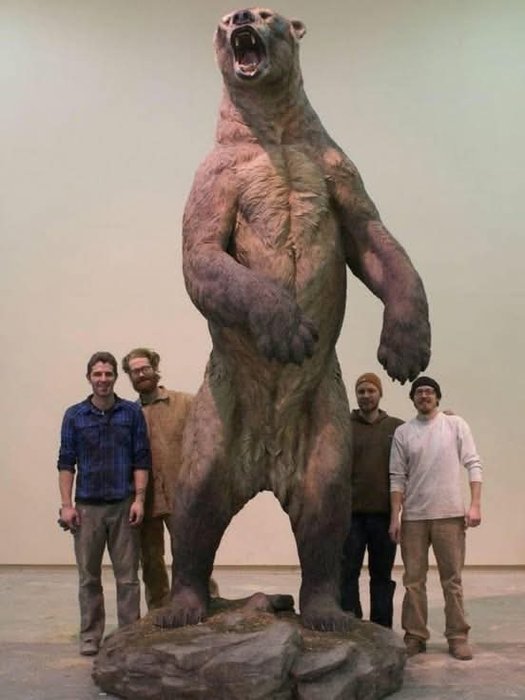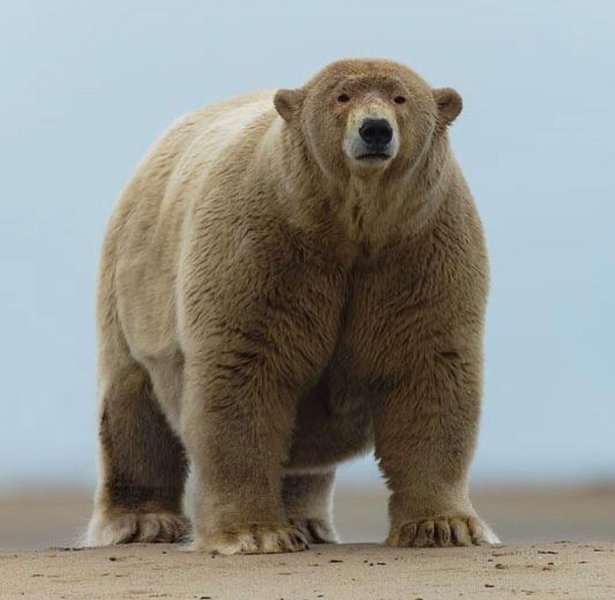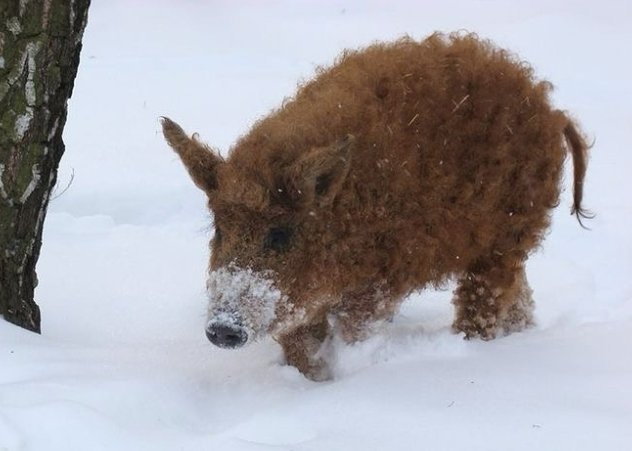Sublime
An inspiration engine for ideas

The giant short-faced bear (Arctodus simus) was significantly larger than any bear species alive today, including the polar bear.
These bears were the largest land carnivores ever to inhabit North America, reaching heights of up to 11 feet on their hind legs. They were also faster and lighter-built than modern bears,... See more

Another remarkable little sculpture in mammoth ivory from Vogelherd Cave in the Swabian Jura: probably a chunky cave lion (photo: Don Hitchcock) https://t.co/RJRZP0TfcF
Sahul Megafauna
Procoptodon Goliah - a giant kangaroo species standing over 2 mitres tall and weighing up to 200 kilograms.
Thylacoleo Carnifex - a marsupial lion like creature.
Phascolarctos Stirtoni - a giant Koala
Diprotodon - the largest marsupial to have ever lived weighing up to 2500 kilograms.
This beast is preceded by a reputation that transcends oceans and mountains: it is said to originate from the depths of the forests of Hyrcania, the wild, rugged, evergreen land that borders the Caspian Sea. Its name is at once a curse and an incantation.
It is reputed to be swift as an arrow, wild as the Tigris, the fastest flowing of all rivers,
... See more
Massive polar bear waking up from a nap -
Image by @ed_boudreau_photography.
Follow @wildanimalia.
instagram.com
The Siberian Unicorn :
Reconstruction of an Elasmotherium, an extinct species of rhino that lived in the Eurasian area in the Late Pliocene and Pleistocene eras (around 39000 years ago)
This animal could have been the basis for the unicorn myth that has persisted for thousands of... See more

Happy young polar bear with a meal caught by his mother 🤗 One of our favorite animals outside of Africa 🌍 #noafricanimonday ✥
✥
📷 Beautiful shot by @wildmanrouse
✥
✥
🦁 Follow: @Africanimals
🐘 Hashtag: #africanimals
💰 Donate: See bio
instagram.comThe Pallas’s cat is a small wild cat that looks tiny and fluffy, but it is actually very tough. It lives in cold and rocky grasslands of Central Asia, high up in the mountains where few animals can survive.
This cat was first described in 1776 by a German naturalist named Peter Simon Pallas, and that’s why it was given... See more
caramjeetinstagram.com